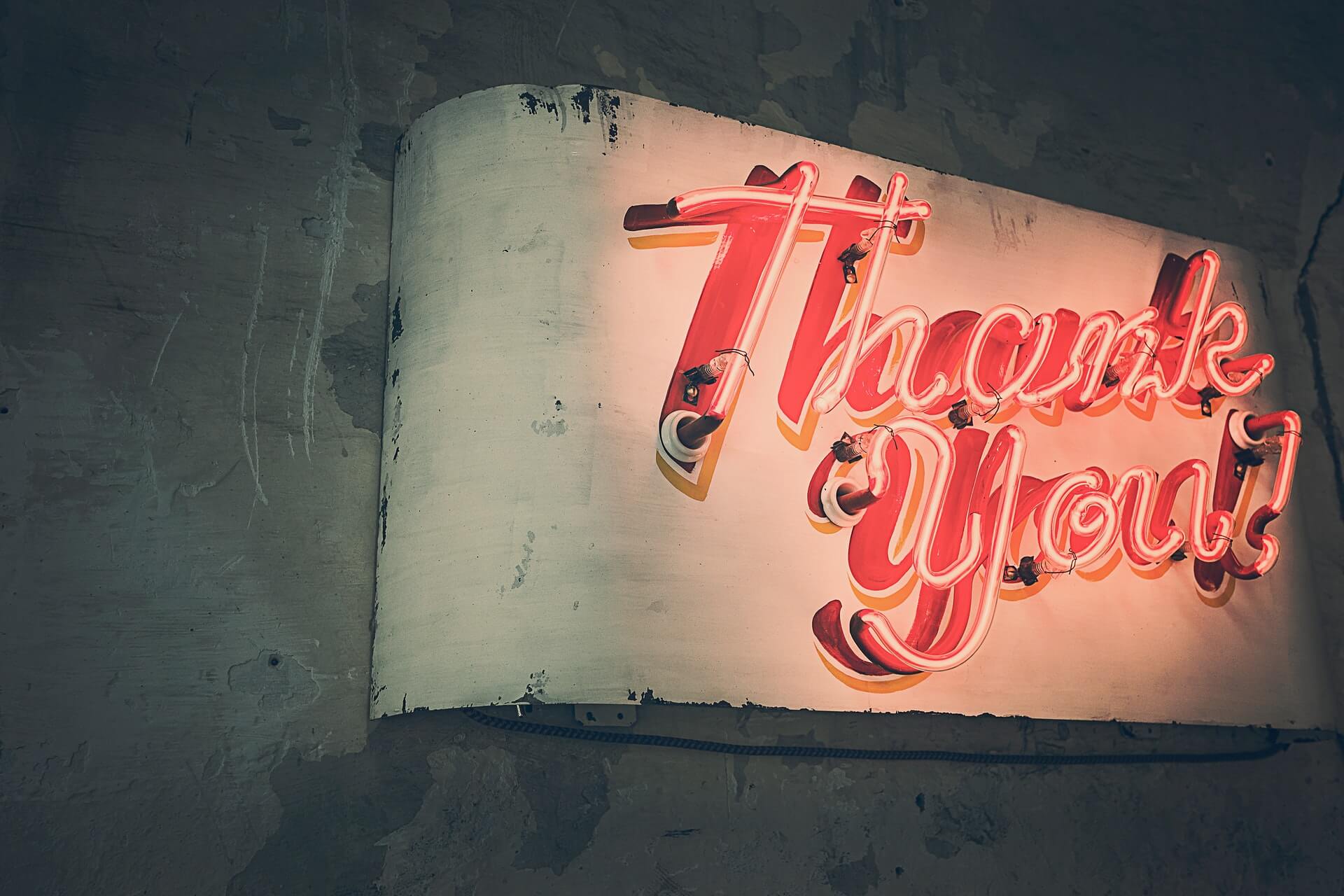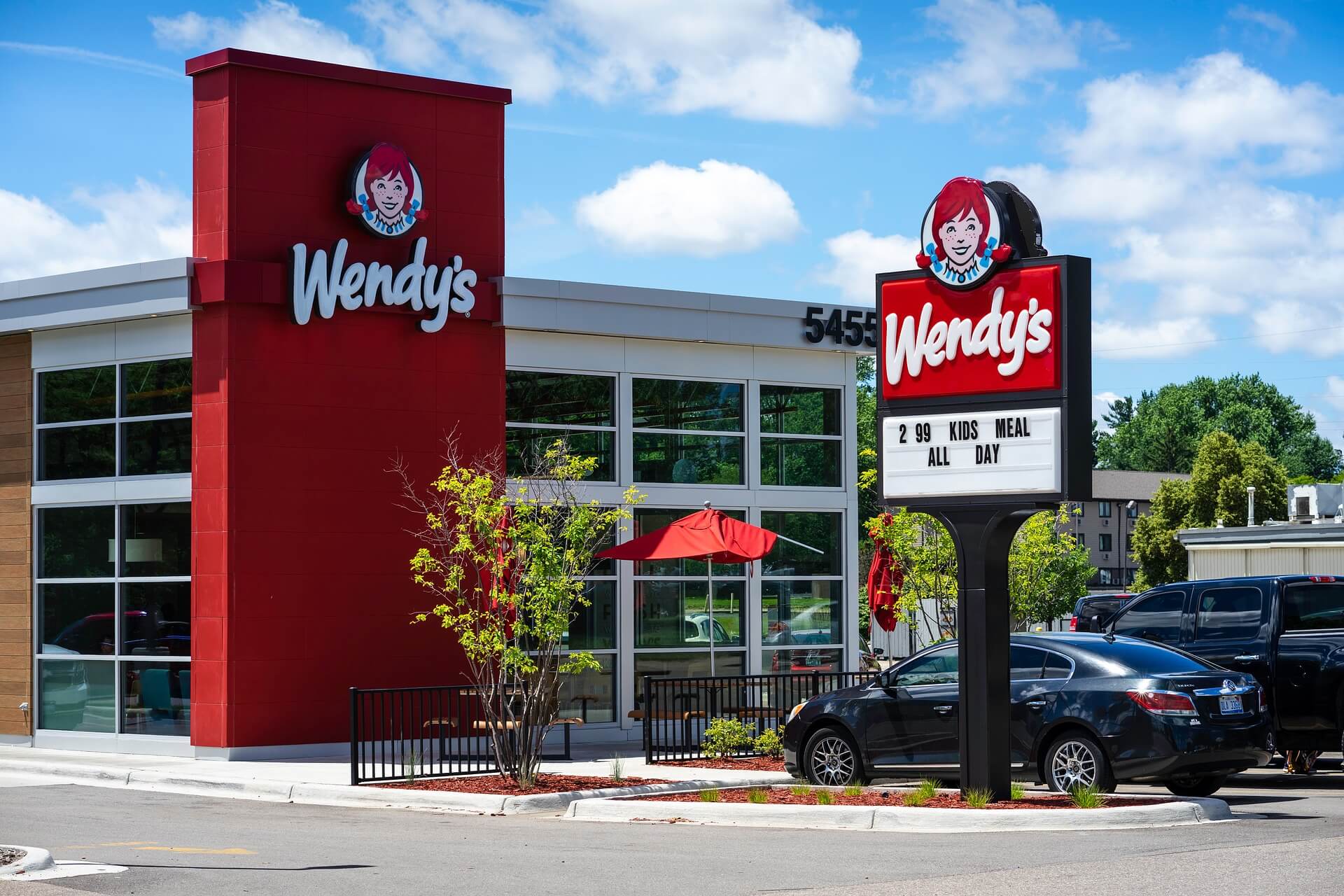Modernize Your Scheduling Today
by David Klemt

Scheduling platforms and apps modernize restaurant, bar and hotel team management, streamlining and simplifying several processes.
When it comes to improving communications, the benefits of updating and upgrading how you manage scheduling can’t be overstated.
Of course, in our tech-heavy world, several scheduling platforms do more than just inform your employees about their shifts.
Today’s options handle payroll; assign specific tasks to particular team members; help leadership provide feedback; give staff a platform to provide feedback to leadership; and much more.
Staff Retention
Now, we’ve addressed how our industry has been much quicker to embrace new tech innovations over the past couple years.
We’re bringing up the topic of scheduling platforms for a specific reason. We all make mistakes, and we can learn from those mistakes. And we can also learn from others’ mistakes so we can do our best to avoid making them as well.
On today’s episode of the Bar Hacks podcast, Chef Brian Duffy shares a story about a scheduling issue.
During his return appearance, Chef Duffy explains that his 20-year-old daughter provided two months’ notice about days off she needed to her former employer. “Former” is key here.
It’s clear that the hospitality group property at which she once worked either didn’t utilize a scheduling app, didn’t communicate well, or both.
At any rate, Chef Duffy’s daughter received constant phone calls from management during her vacation. Obviously, that would be infuriating.
Even worse, after she quit that job—she had provided two weeks’ notice—this former employer called to ask if she was coming in for “her shifts.” Well, no—she had quit, with notice.
Clearly, there are other issues with that leadership team beyond a lack of clarity in scheduling. However, a powerful, easy-to-use staff management tool could possibly have kept Chef Duffy’s daughter from quitting this job. A powerful platform, for example, like the four below that are mentioned on episode 53 of Bar Hacks.
7shifts
When choosing a scheduling platform, one crucial element is integration. 7shifts integrates with several major POS systems, such Toast, Harbortouch, Heartland, TouchBistro, Micros, Upserve, and Clover.
In addition to scheduling, which is a given feature for all these platforms, 7shifts offers robust features. Leadership can send one-on-one messages to staff or create group chats. The app itself is a timeclock and handles payroll. And more inclusive packages provide operators with labor budgeting, sales forecasting, labor alerts, and even state-based compliance tools.
7Shifts is free for single locations with up to 10 workers. At the Appetizer level, 7shifts costs $17.99 per month, per location, for up to 20 team members. For $39.99 per month, per location, operators with up to 30 staff can take advantage of the Entrée level. The Works is $69.99 per month, per location, and manages an unlimited number of staff.
HotSchedules
One of the key features of HotSchedules is labor forecasting. Per the platform’s website, HotSchedules “labor forecasts are based on activity, historical data, and specific business rules” to reduce costs and increase revenue.
On the leadership side, scheduling is streamlined and simple to use. Managers can approve—or deny—shift requests with a single click. They can also message individual team members or send messages to a single location.
On the team side, staff can give away, swap and pick up shifts via the convenient app. Staff can request time off, and HotSchedules integrates with their Google Calendars. Upon arrival, staff can clock in through the HotSchedules app and track their attendance and pay.
OpenSimSim
At the surface level, it may seem like OpenSimSim isn’t as robust as the company’s competitors. However, it’s powerful and efficient.
One of the best OpenSimSim features is the open shift invite. Using this feature, team members can be invited to apply for an open shift once one becomes available. In addition, staff can set their profiles up to be auto-approved for open shifts.
Of course, OpenSimSim offers features similar to other scheduling platforms. For example, leadership receives real-time open shift, overtime, and late clock-in notifications. Users can also direct message and group chat via the platform.
Schedulefly
Last on this list solely because I organized these platforms alphabetically is Schedulefly. When you look into this platform, you’ll notice immediately that it’s powerful enough to manage concepts with multiple units.
Managers can quickly and easy navigate each unit in their chain to handle scheduling, broadcast messages for individual locations, message specific team members, and more. Is there a shift that needs to be filled at a specific unit? Schedulefly makes it easy to target the appropriate location and get it filled.
Similar to 7shifts, Schedulefly offers pricing based on staff size. There are no contracts, no fees, and each “level” offers all the same features and services:
- 19 staff or fewer: $30/month
- 20 to 39 staff: $40/month
- 40 t0 59 staff: $50/month
- 60 to 79 staff: $60/month
- 80 staff or more: Contact Schedulefly for pricing.
It should go without saying that scheduling is crucial. Understaffing, overstaffing, staffing frustrations, failing to listen to staff about scheduling, and not simplifying the process can increase staff turnover.
Outdated approaches to scheduling also leads to significant decreases in revenue.
At its core, scheduling is a form of communication, a vital one. Commit to improving your communication today by upgrading your scheduling. Your leadership team and staff will thank you.
Image: Gerd Altmann from Pixabay









